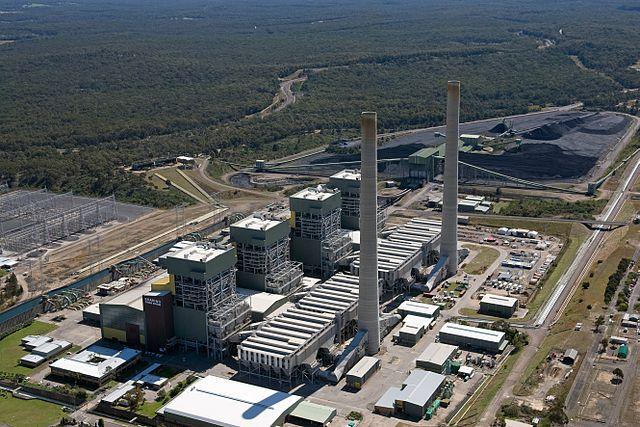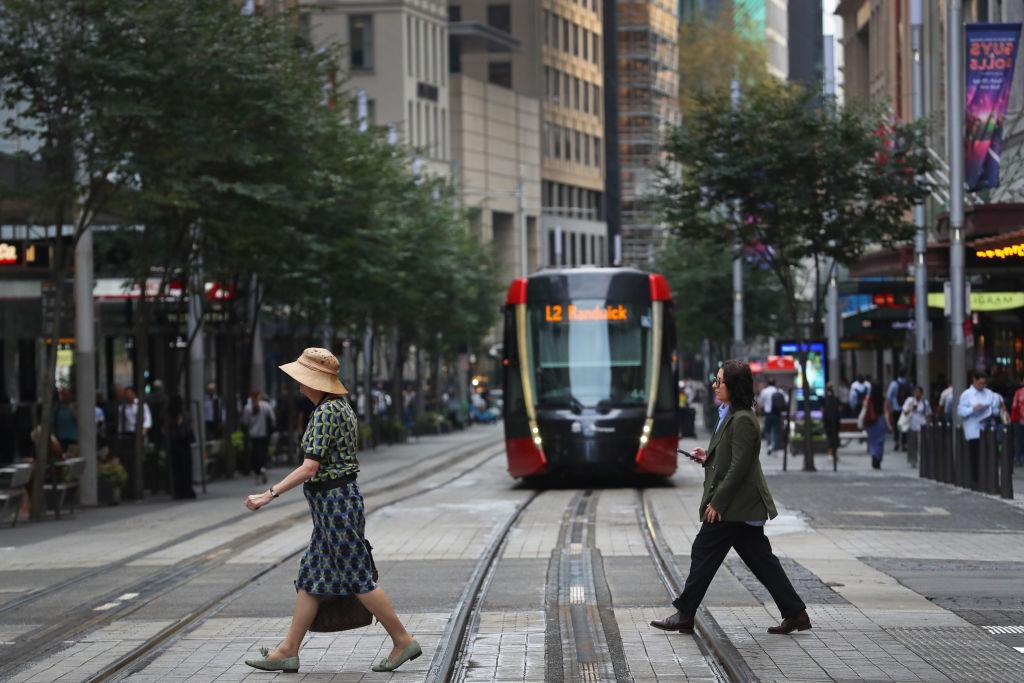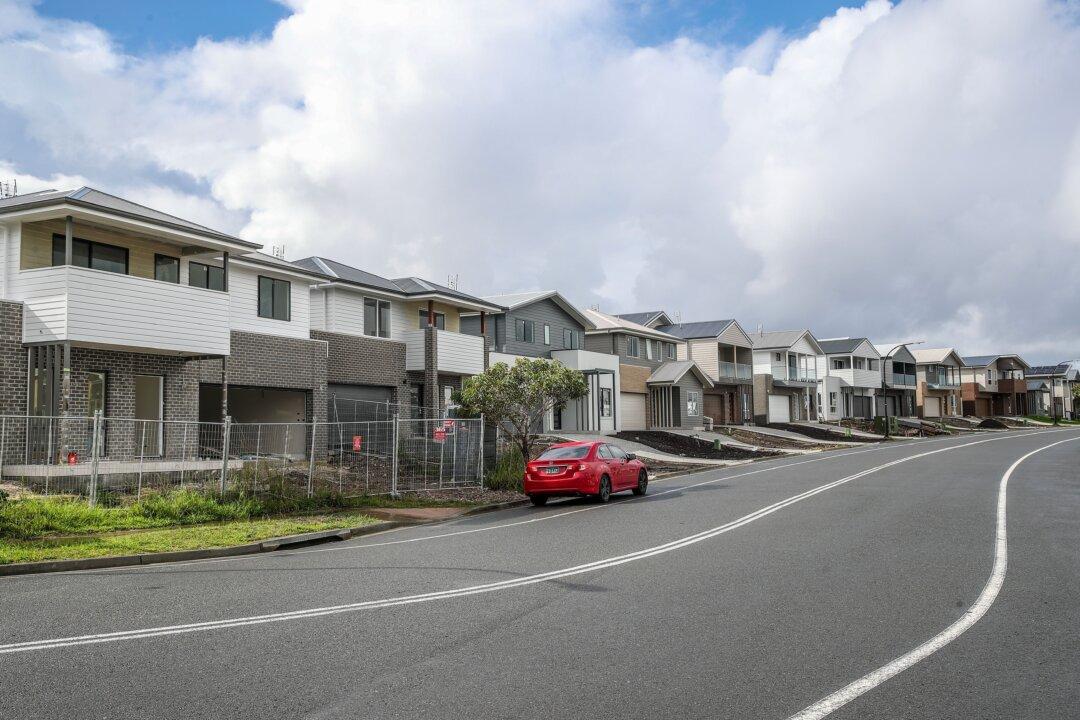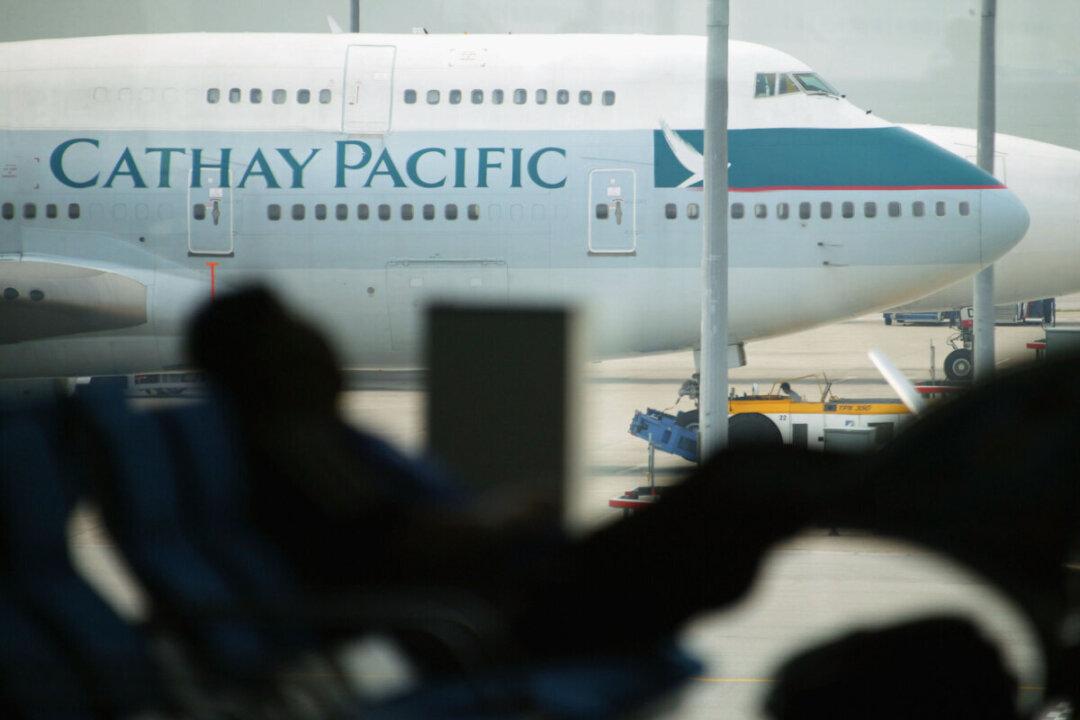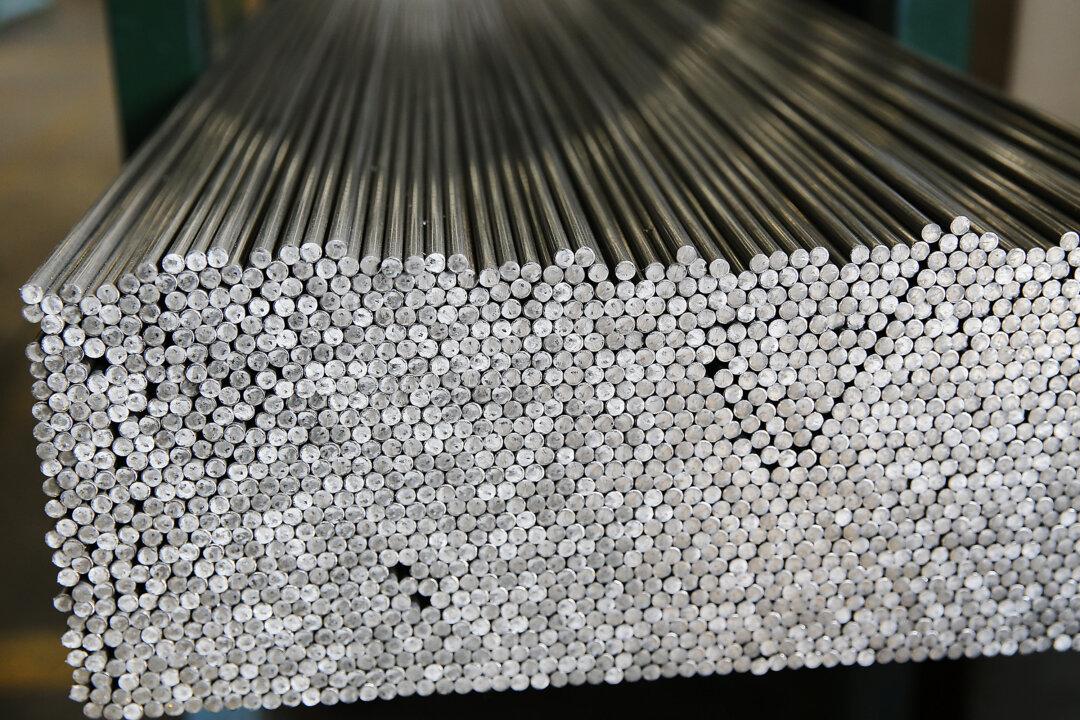The New South Wales (NSW) government will further invest $1.8 billion (US$1,148 billion) to boost the state’s transition to clean energy in a bid to achieve 12 gigawatts of new renewable energy generation and two gigawatts of long-duration storage by 2030.
The NSW government said that it will allocate $1 billion from Restart NSW for the establishment of the Energy Security Corporation (ESC), which would be designated to invest in storage projects, address gaps in the current market, and improve electricity network reliability.
